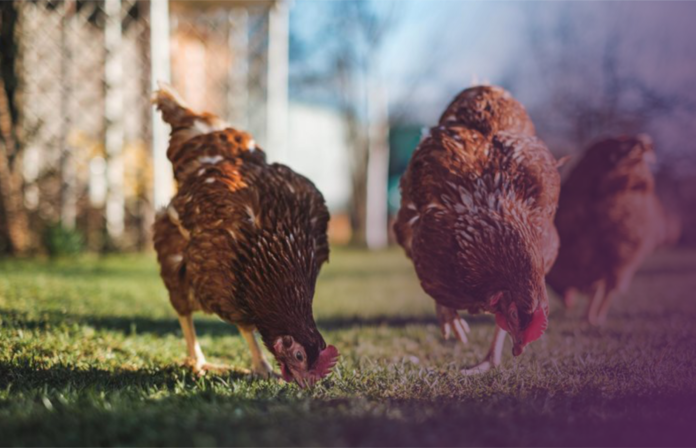In recent news, the USDA has reported avian flu instances in mammals, raising concerns about human transmission. A Kentucky skunk, Washington raccoons, and a Montana mountain lion were afflicted. In 48 states, 82 million birds and poultry have contracted H5N1.
Despite the low danger of infection, Wildlife Conservation Society experts like Dr. Chris Walzer encourage disease tracking. The virus is mutating and gaining new features that could harm humans.
Since avian flu is more common on poultry farms, the CDC advises all workers to remain vigilant. A recent study found the virus in marine species on South America’s Atlantic coast, raising concerns about human infections.
Over 65,000 wild birds and 50,000 mammals died from H5N1 in Chile, Peru, and Argentina in 2022. The pandemic has raised US egg prices to record highs, hurting California’s poultry industry. The marine mammal virus discovery is a sign. Vigilance is needed to stop the spread. The virus can still infect birds, causing a cross-species outbreak. Stay educated and know how to prevent avian flu.



